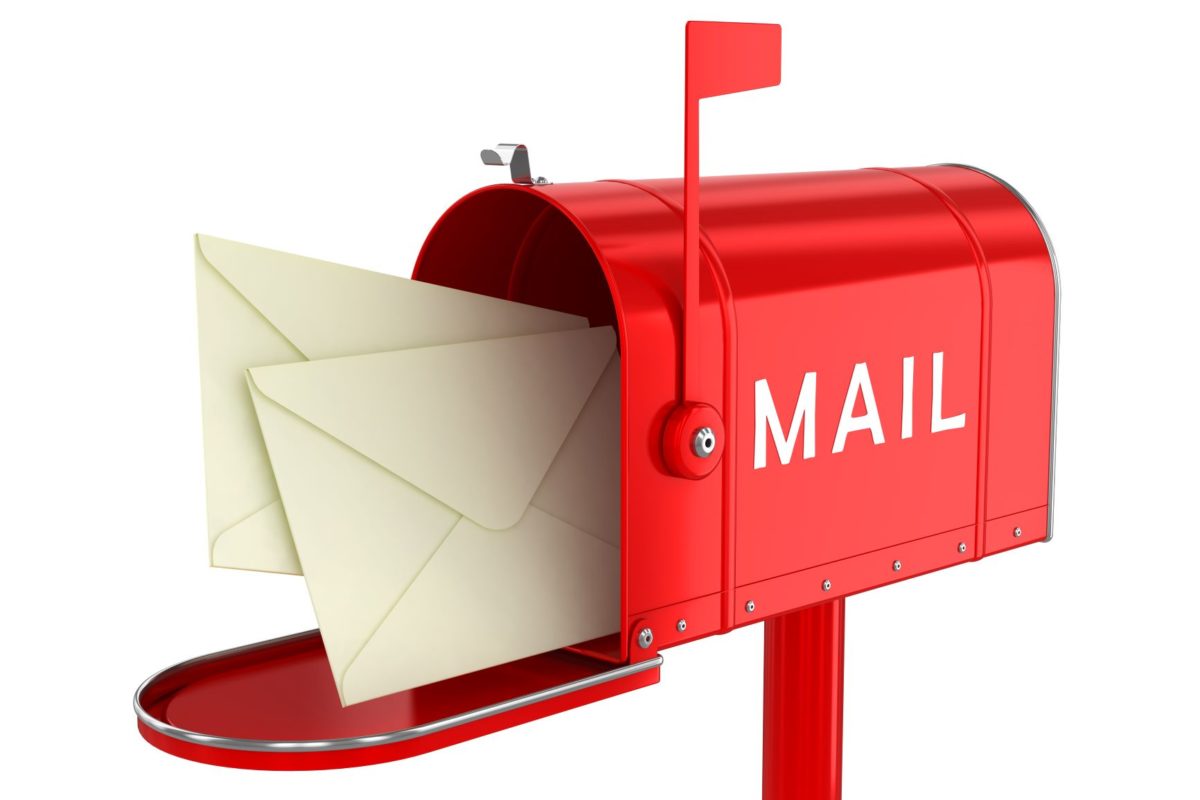 You wear a lot of hats as a nonprofit leader. One you may not have considered is your new role as a commercial mailer.
You wear a lot of hats as a nonprofit leader. One you may not have considered is your new role as a commercial mailer.
That role comes with potential benefits, in the form of postage discounts on your fundraising letters. And some drawbacks, in the form of hoops you have to jump through to get that sweet nonprofit discount.
Now you can’t control the bureaucracy that is the U.S. Post Office and its frequent price changes. But you can make an informed postage decision BEFORE you sit down to write your fundraising letter. That’ll help you wisely manage your investment and give you time to maximize your letter’s results.
Below are three things to ask yourself before diving into your next fundraising letter.
What’s My Mail Class?
If you mail fewer than 200 pieces, you must use First-Class stamps. Those are the ones you probably use to send thank you letters and cards to donors. Right now, those stamps cost over 70 cents!
But there’s plenty of perks. Letters with First-Class stamps come with the fastest delivery, about 1-3 days. They get forwarded to new addresses or, if undeliverable, those letters come back to you so you can update your database and save money on future mailings.
Plus, some nonprofits find that envelopes bearing First-Class stamps get opened more. And you may be able to find a Forever stamp design that matches your mission.
If you have 200 to 499 pieces, you can stick with those speedy First-Class stamps or pay about 50 cents less for USPS Nonprofit Marketing Mail. But with that discount comes a drawback. Instead of 1-3 days, your letter will arrive in donor mailboxes in 3-10 days.
Want that nonprofit postage discount? Use my step-by-step guide to apply for your Nonprofit Authorization.
Now, if you have 500 or more pieces, you have all the above options plus another: Commercial First-Class Mail. This is about 20 cents cheaper than a First-Class stamp, but delivered just as fast.
What’s My Payment Method?
If you chose First-Class stamps, you can skip ahead to the next question.
If you selected Nonprofit Marketing Mail or Commercial First-Class Mail, you also need to choose your postage “payment method”. The most common are a “permit imprint,” also called an indicia, or a precanceled stamp.
Precanceled stamps cost about 5 cents more per piece than an imprint. But many nonprofits find that the additional expense is worth it because some donors respond at higher rates when an envelope bears a stamp.

Permit imprints on left vs. precanceled stamps on right.
What’s My Production Method?
It’s time to choose your production method. You can do the printing and mailing yourself or you can outsource those tasks to a printer who does it all the time.
If you selected First-Class stamps, think about what’s most important. Saving your time and energy? Or saving money?
If saving time and energy is your priority, outsource the production of your letter to a printer. Start collecting print bids as soon as you have a draft design of your letter and a mailing list. That’s especially important with year-end appeals because they often compete for printers’ attention with election mail and holiday advertising from retailers.
If saving money is your priority, check out my tips for doing your appeal in-house.
Now, if you selected any other mail class, the post office is going to make you — or your printer — pre-sort your mailing to get your discount.
Pre-sorting is hard to learn without an experienced mentor guiding you. First, you need expensive postage software that looks like it’s from 1995. Then, there are multiple presort levels to manage. Finally, you must stack bundles of mail into trays and drive to the big post office in your area. That could be on the other side of your city or several towns away!
If you don’t have expertise in presorting or don’t want to mess with it, plan to outsource your mailing to a printer who can do all the work for you.
The Bottom Line
You’ve got options when it comes to the postage you use for your fundraising letter.
Choose wisely at the start of your appeal planning process. Then, your letter will arrive safely in your donors’ hands and bring in the money you need for your mission.
Hats off to you for making the most of your donor mail!
About the Author
Brianna Klink is Chief Operations Officer of Abeja Solutions, a women-owned small business that helps nonprofits master direct mail fundraising. A certified nonprofit professional (CNP) and mail design professional (MDP), Brianna has nearly 20 years of experience in organizational development, multi-media production, and database management. Learn more at abejasolutions.com.





